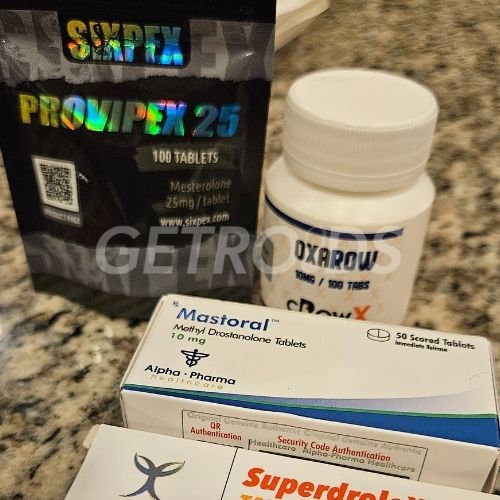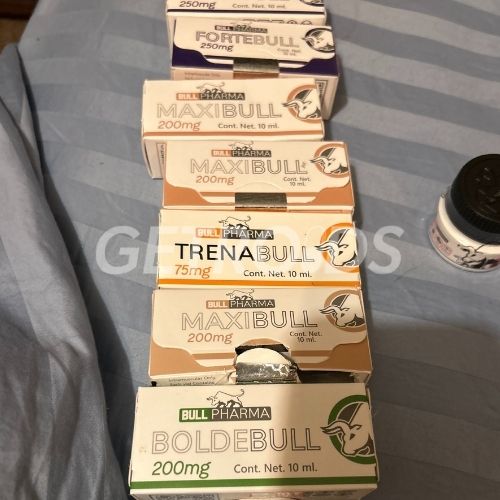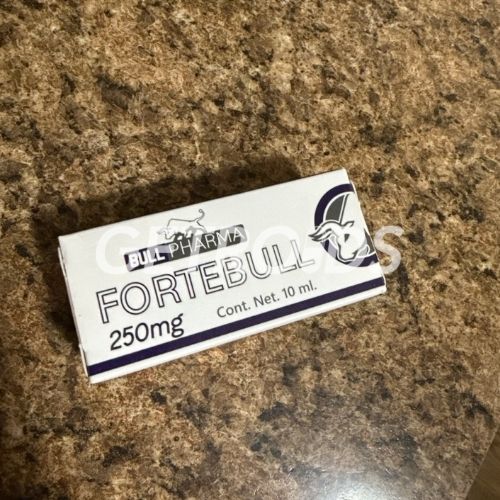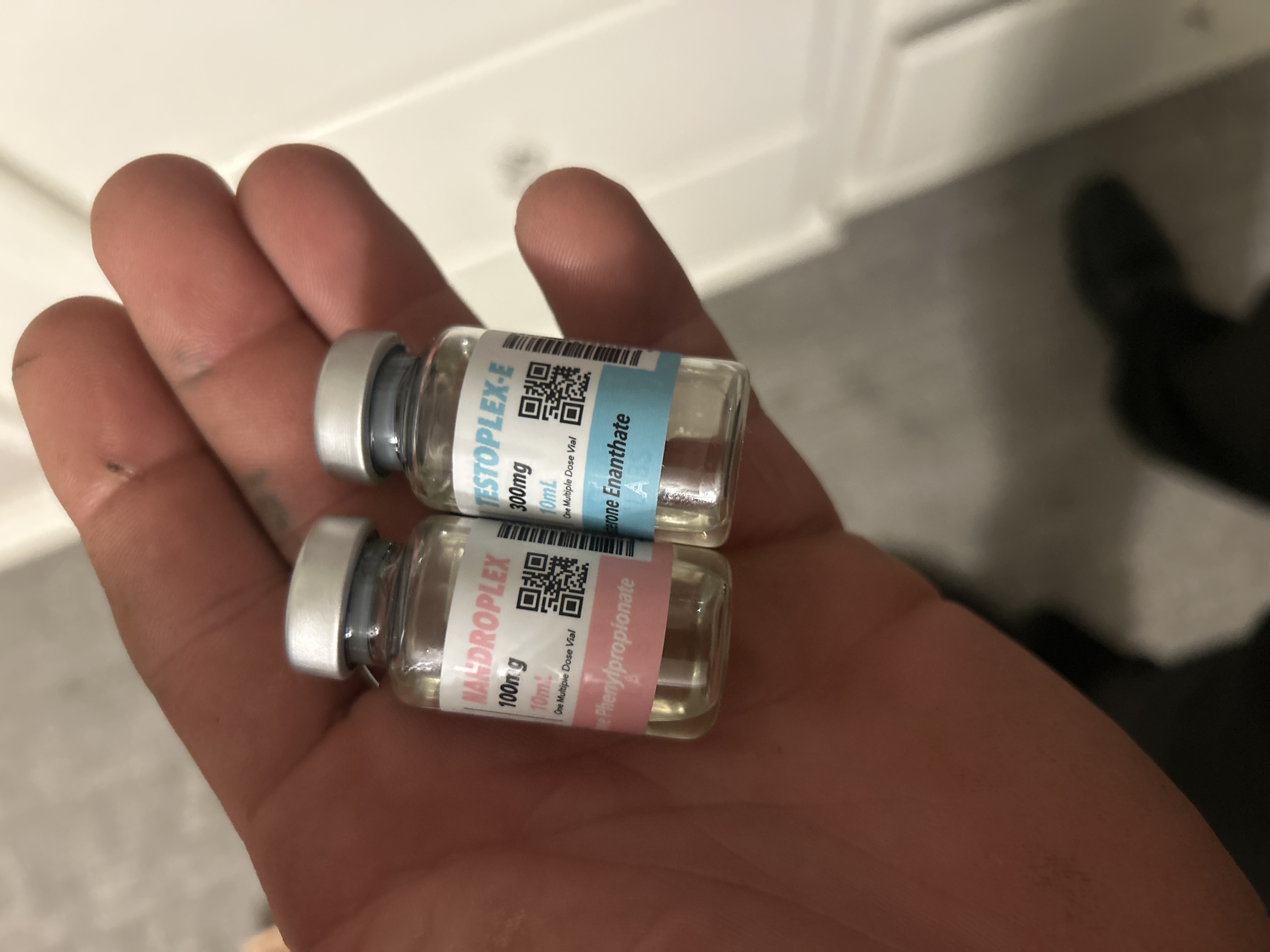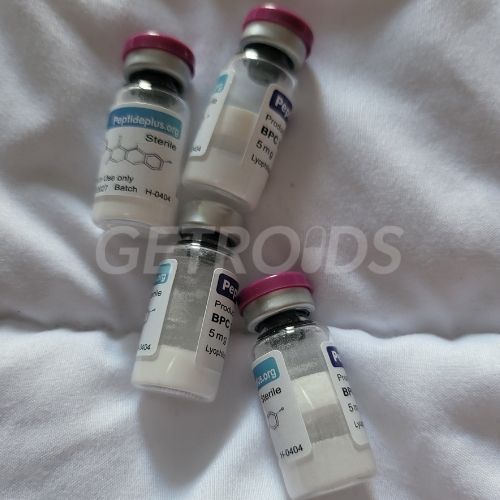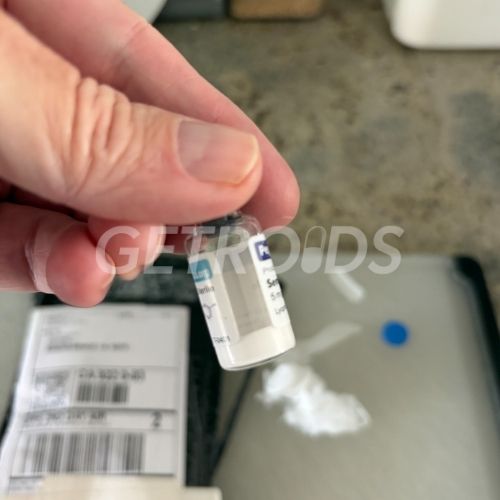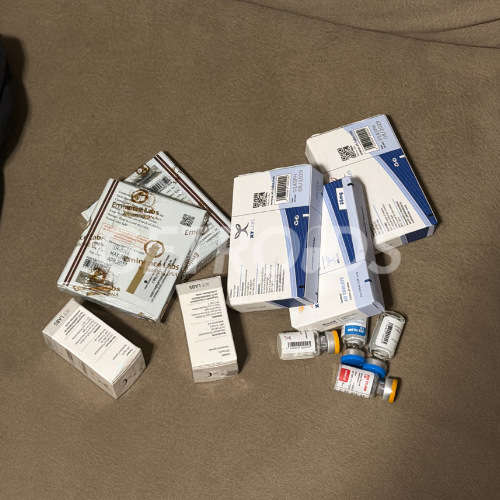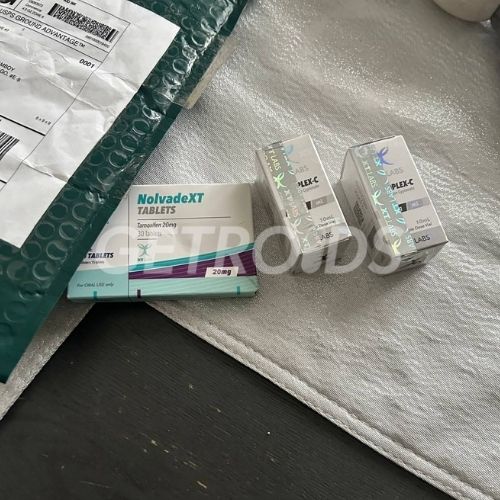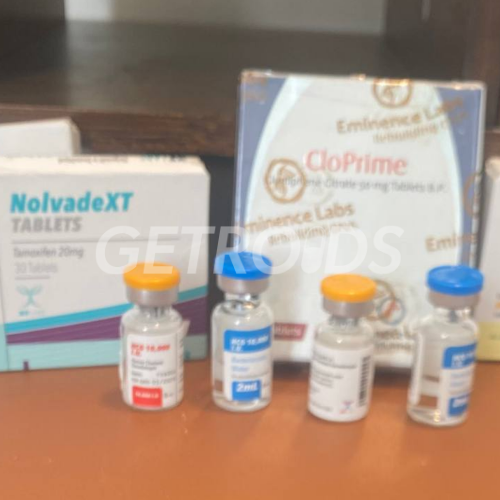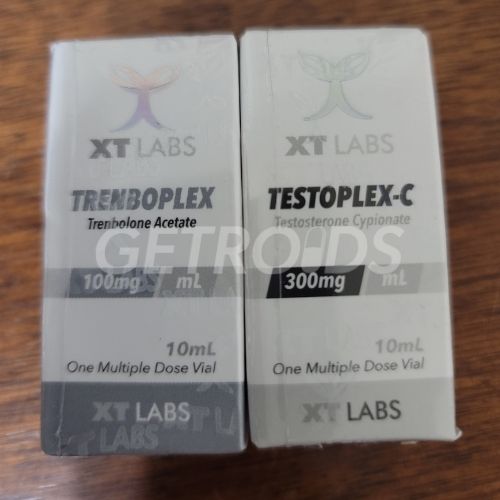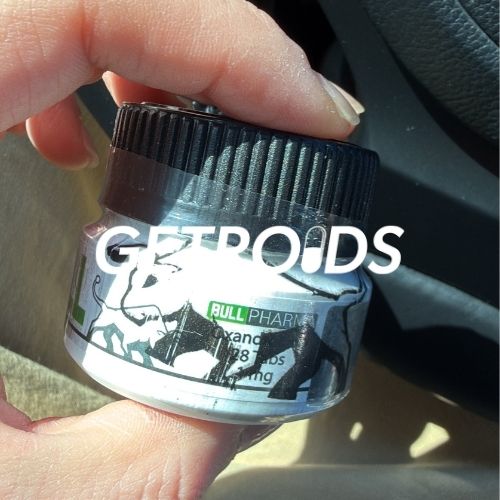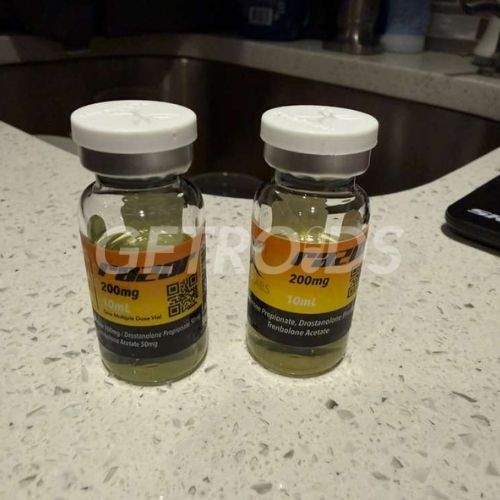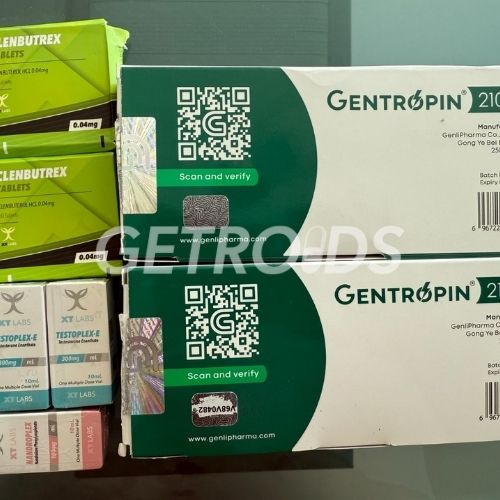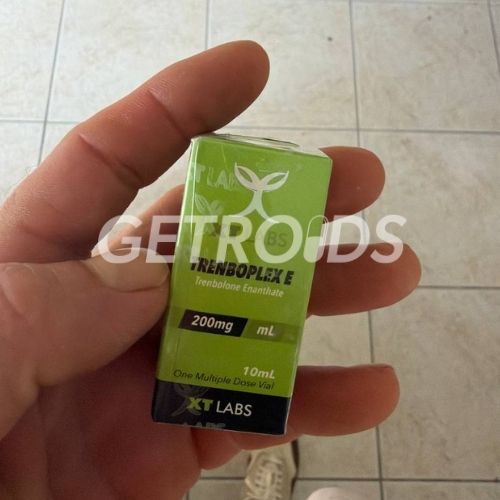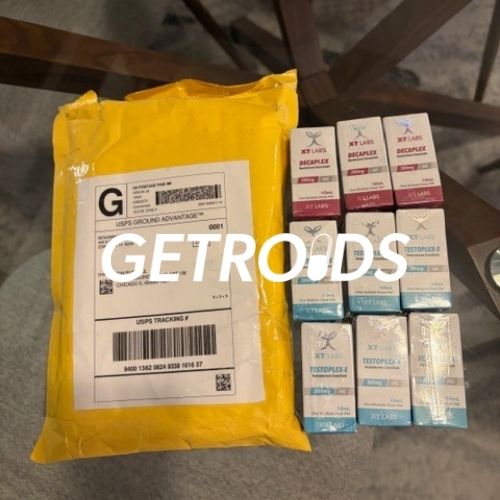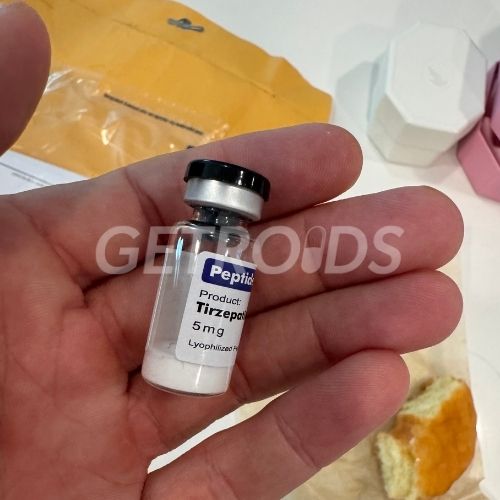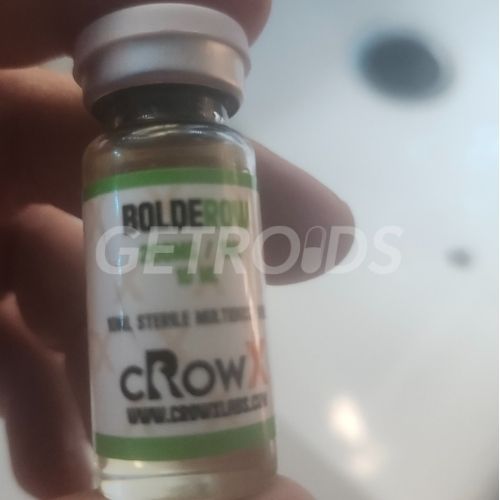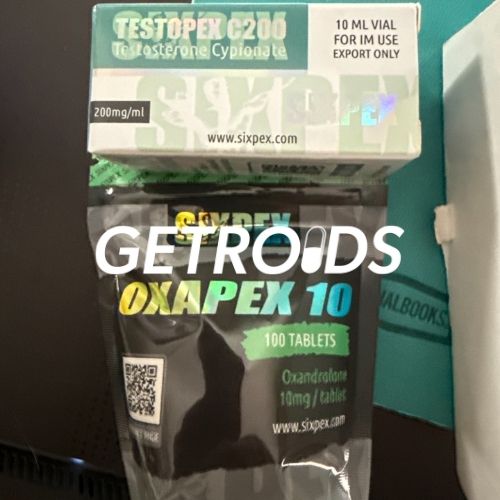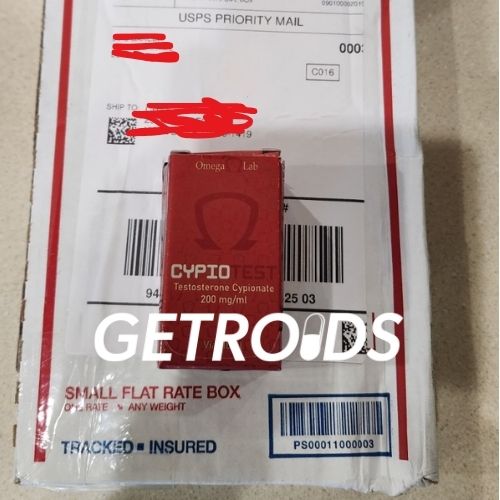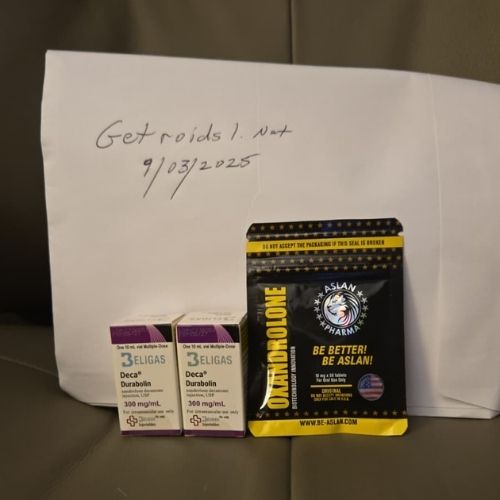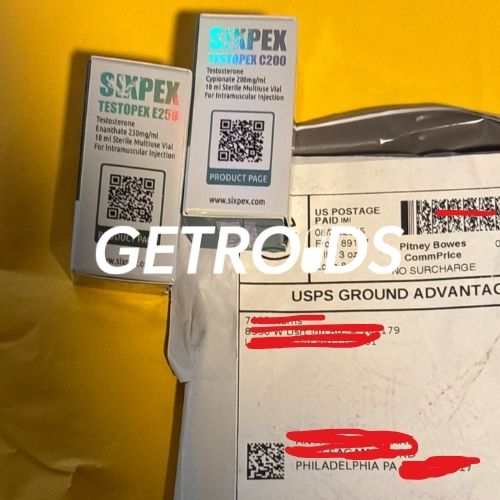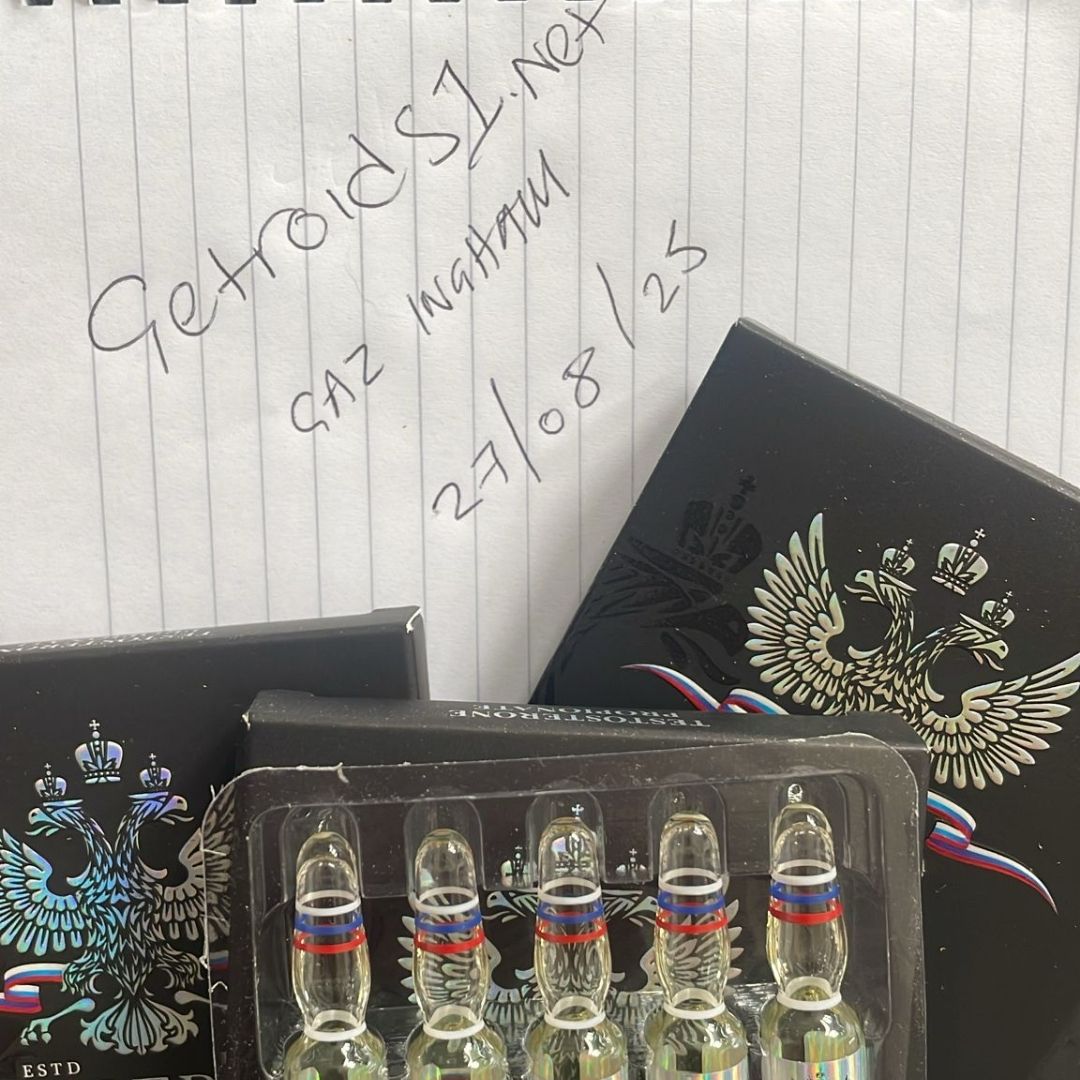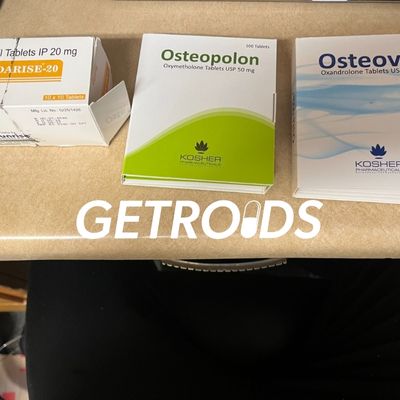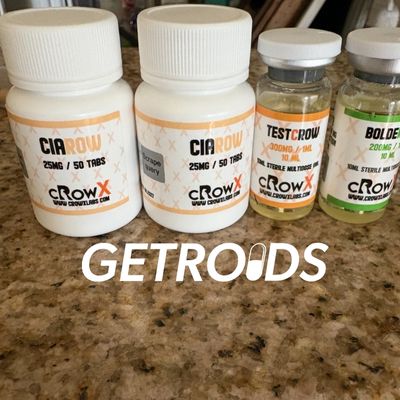The Limitations of Colorimetric Testing in Steroid Analysis
Colorimetric testing, while convenient and affordable, faces significant criticism regarding its reliability for verifying steroid authenticity. These tests rely on chemical reactions that produce color changes to identify substances. However, several factors undermine their accuracy:

Cross-Reactivity Issues
Many compounds generate similar color changes, making it difficult to distinguish between actual steroids and look-alike substances. For example, certain fillers or prohormones may trigger false positives.
Concentration Sensitivity
Colorimetric tests often fail to detect low concentrations of active ingredients. A steroid might contain only trace amounts of the claimed compound yet still produce a "positive" result.
Subjective Interpretation
Results depend on visual color comparisons, which are prone to human error. Lighting conditions and individual perception can lead to inconsistent conclusions.
Inability to Detect Contaminants
These tests cannot identify harmful additives (e.g., heavy metals or pathogens) or distinguish between steroid isomers (like Dianabol vs. Methandrostenolone).
Superior Alternatives
For accurate verification, advanced methods like HPLC (High-Performance Liquid Chromatography) or mass spectrometry are recommended. Though costlier, they provide precise quantitative analysis and contaminant screening.
Practical Advice
For users: Treat colorimetric results with skepticism. Cross-check with lab tests if purity is critical.
For vendors: Invest in third-party lab certifications to build trust.
Source:
https://steropedia.com/guides/colorimetric-testing-unreliable/
Customer Reviews
Discover real user experiences and explore our products.






















